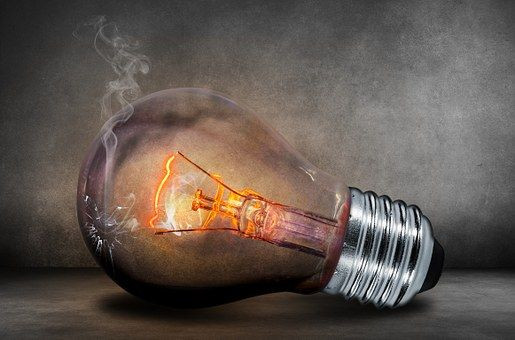Scientists Discover New Way To Turn Heat Into Energy

A team of researchers from the Ohio State University say they have discovered a new way to generate electricity from heat.
The research, which was published in the Journal Science Advances, is based on small particles called paramagnons that carry some magnetic flux. The team said that this element is essential because magnets lose their magnetic force when heated and become what is referred to as paramagnetic.
A flux of magnetism -- known as "spins" among researchers -- produces a sort of energy called magnon-drag thermoelectricity, which could not be used to gather energy at room temperature until this discovery, the scientists said in a statement.
“Because of this discovery, we should be able to make more electrical energy out of heat than we do today. It is something that, until now, nobody thought was possible, ” study co-author Joseph Heremans said.
"The conventional wisdom was once that, if you have a paramagnet and you heat it up, nothing happens," Heremans added in the statement. "And we found that that is not true. What we discovered is a new way of designing thermoelectric semiconductors materials that convert heat to electricity.”
For starters, magnets are important components of gathering energy from heat. The other side becomes more magnetic when one side of it is heated, producing a spin that pushes the electrons in the magnets and generates electricity.
When magnets are heated up, however, they eventually lose most of their magnetic characteristics, turning them into paramagnets. Until this discovery, no one was thinking about using these paramagnets to generate heat because they were thought to be unable to gather energy.
“What they found is what paramagnons do, in fact, produce the kind of spin that pushes electrons. And that could make it possible to collect energy,” Heremans said.
The team concluded that the paramagnons are only pushing the electrons for a billionth of a millionth of a second, but that was long enough to make energy-harvesting feasible for paramagnets. They, then, began testing paramagnons to see if the needed spin could be produced.
© Copyright IBTimes 2025. All rights reserved.





















